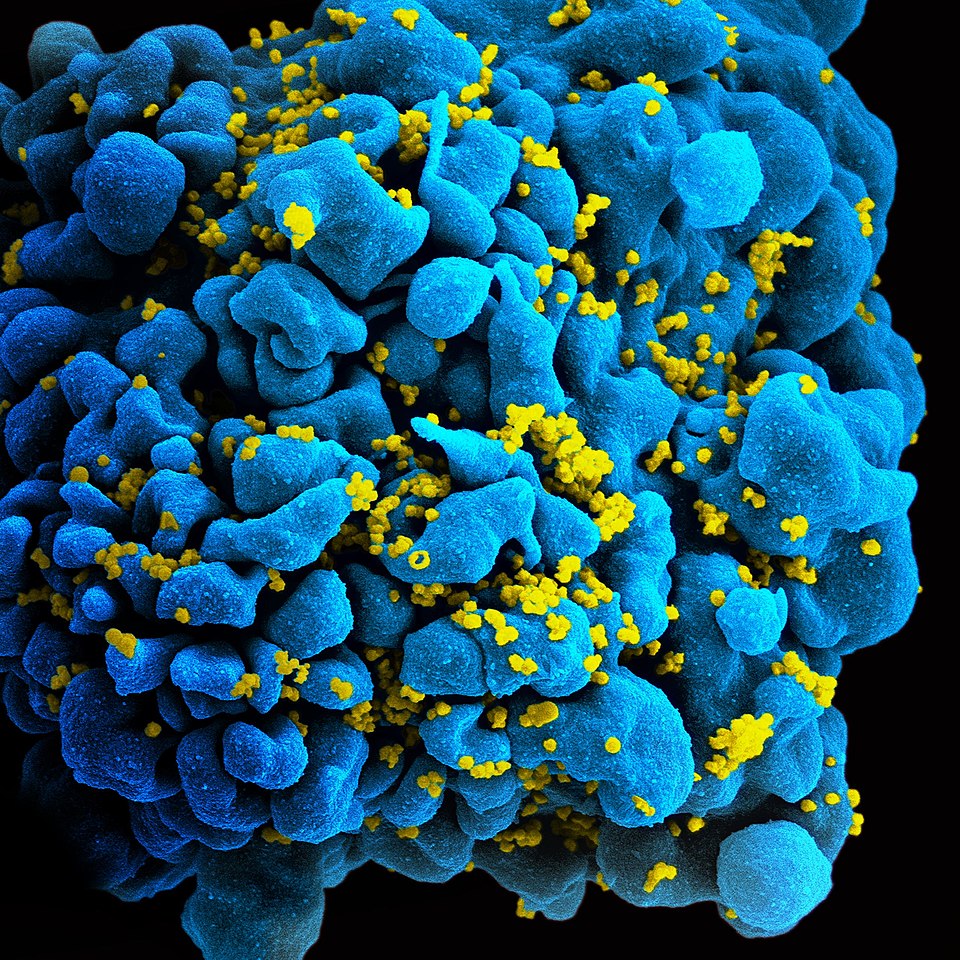Breakthrough Study Reveals Mechanism of HIV-1 Nuclear Entry

In a landmark study published in *Nature Microbiology* on July 21, 2025, researchers have provided unprecedented insights into the mechanisms by which human immunodeficiency virus type 1 (HIV-1) penetrates the nuclear barrier of host cells. The research, led by Professor Peijun Zhang, director of the electron Bio-Imaging Centre (eBIC) at Diamond Light Source, utilized advanced cryo-electron microscopy to visualize nearly 1,500 viral cores during their process of nuclear import, a crucial step in the virus's lifecycle.
This groundbreaking work sheds light on the intricate dynamics of HIV-1's entry into the cell nucleus, a barrier previously thought to possess a rigid structure. The findings indicate that the nuclear pore complex (NPC)—the gateway to the nucleus—is more adaptable than previously understood, capable of altering its shape to facilitate the passage of viral cores. This adaptability is essential for the success of HIV-1's nuclear entry, which also hinges on certain host proteins, particularly CPSF6, a critical factor in the early stages of HIV-1 infection.
According to Dr. Zhen Hou, a co-author of the study and researcher at the University of Oxford, "The nuclear pore is not merely a passive entryway; it plays an active role in determining which viral cores can successfully infiltrate the nucleus. If a core is too fragile or fails to interact adequately with CPSF6, it is effectively blocked from entry."
The study demonstrates that HIV-1's viral cores are not uniform in their ability to penetrate the nucleus; their shape and flexibility significantly influence their success. The research utilized a technique known as cell-permeabilization, which allows scientists to mimic the process of HIV infection while preserving the integrity of the cell membrane.
This novel approach holds promise for the development of new antiviral strategies targeting the critical stages of HIV-1 infection. As noted by Professor Zhang, "Understanding how HIV-1 navigates cellular barriers could pave the way for innovative treatments aimed at blocking its entry, thereby enhancing therapeutic options for affected individuals."
HIV-1 has been a significant public health challenge since its emergence in the early 1980s, leading to over 42 million deaths globally and more than one million new infections each year. The insights gained from this study not only deepen the scientific community's understanding of HIV-1 but also highlight the potential of in situ structural biology to elucidate complex biological processes.
The implications of this research extend beyond HIV-1, as the mechanisms of viral entry could inform the study of other viruses that exploit similar pathways. Future research will likely focus on further delineating the interactions between HIV-1 and host cell factors to devise more effective preventative and therapeutic measures against this persistent global health threat.
In conclusion, the findings from this pivotal study represent a significant advance in the field of virology, offering a clearer picture of the mechanisms underlying HIV-1's entry into host cells and the potential for innovative antiviral strategies. The ongoing collaboration between researchers and institutions worldwide remains critical to the continued fight against HIV and other viral pathogens.
Advertisement
Tags
Advertisement





